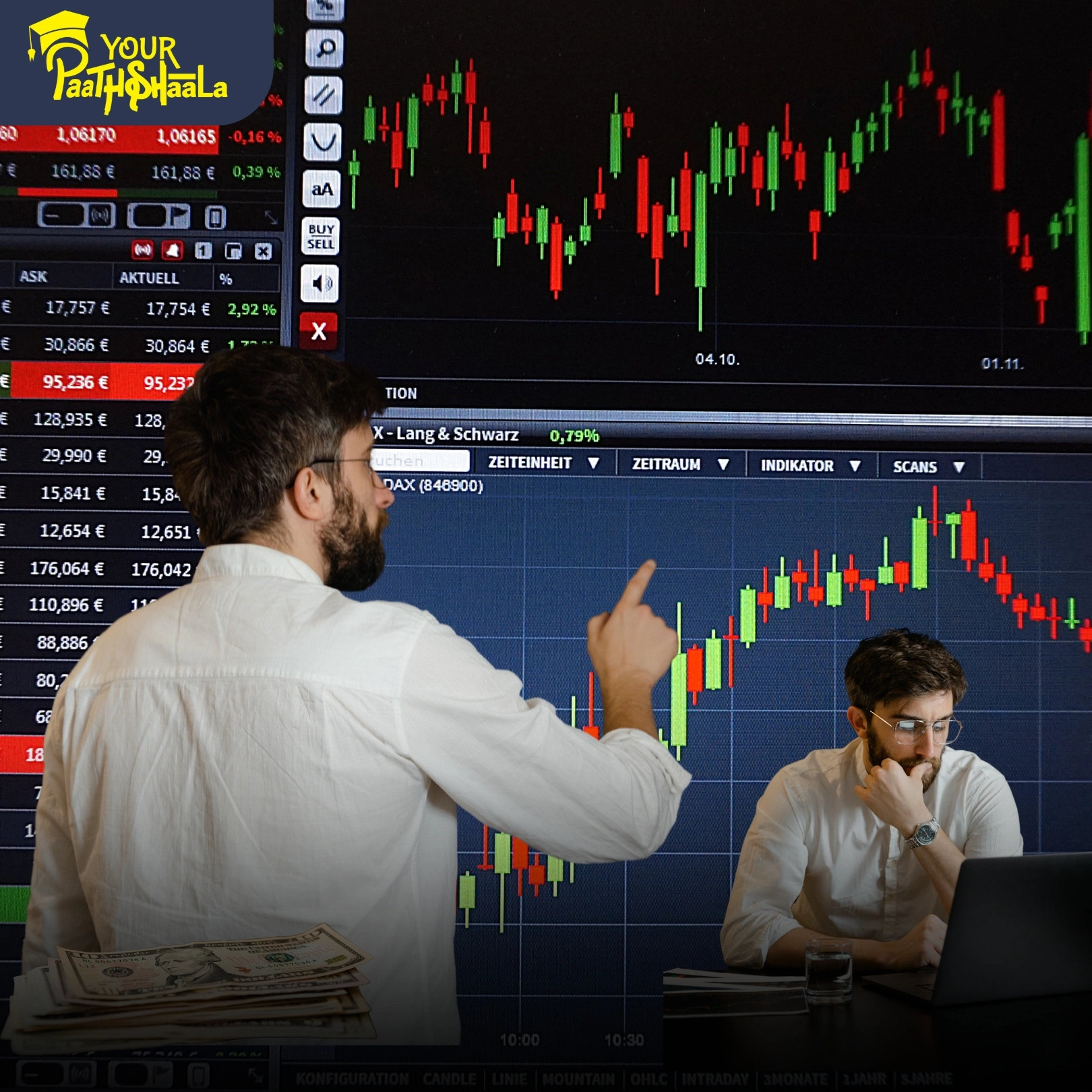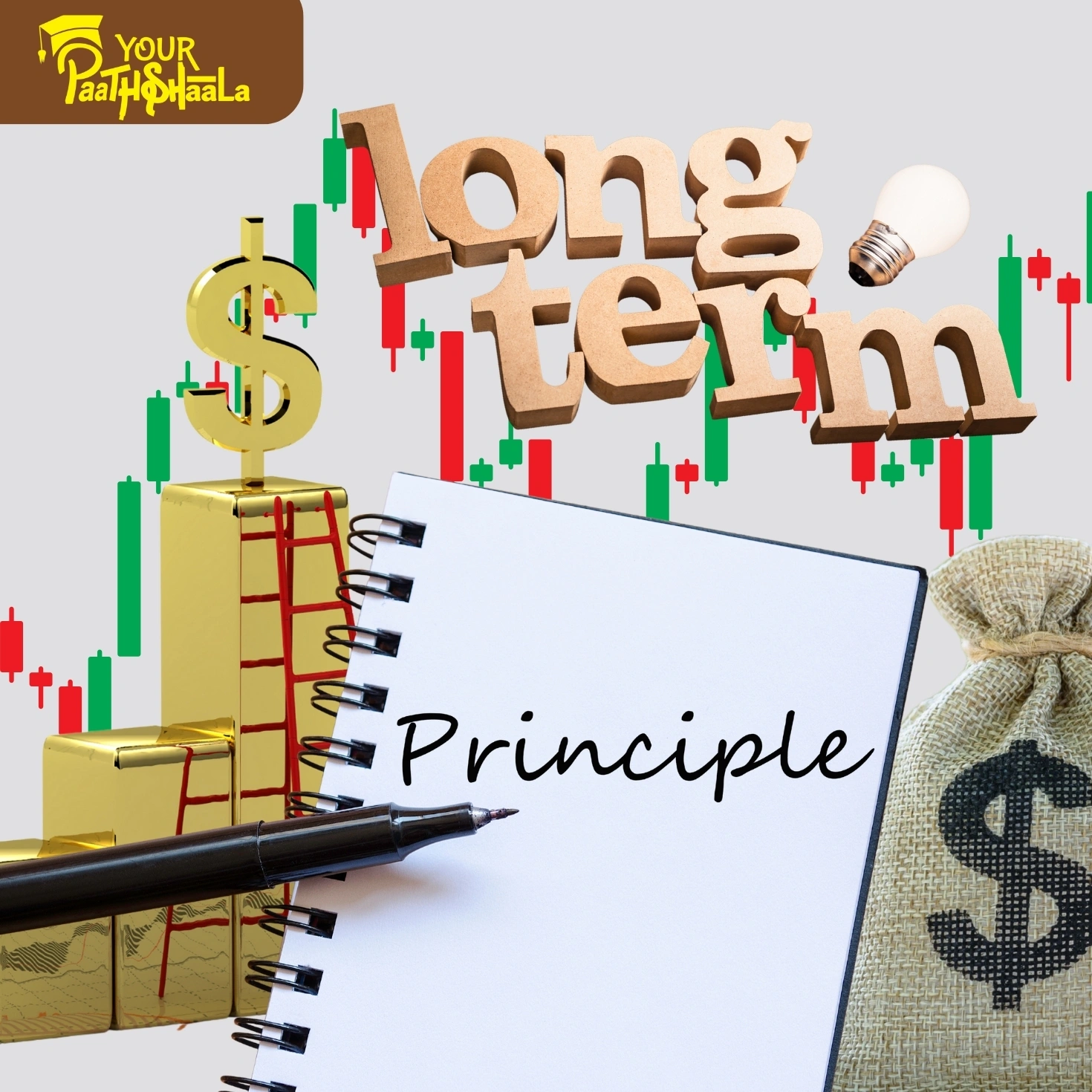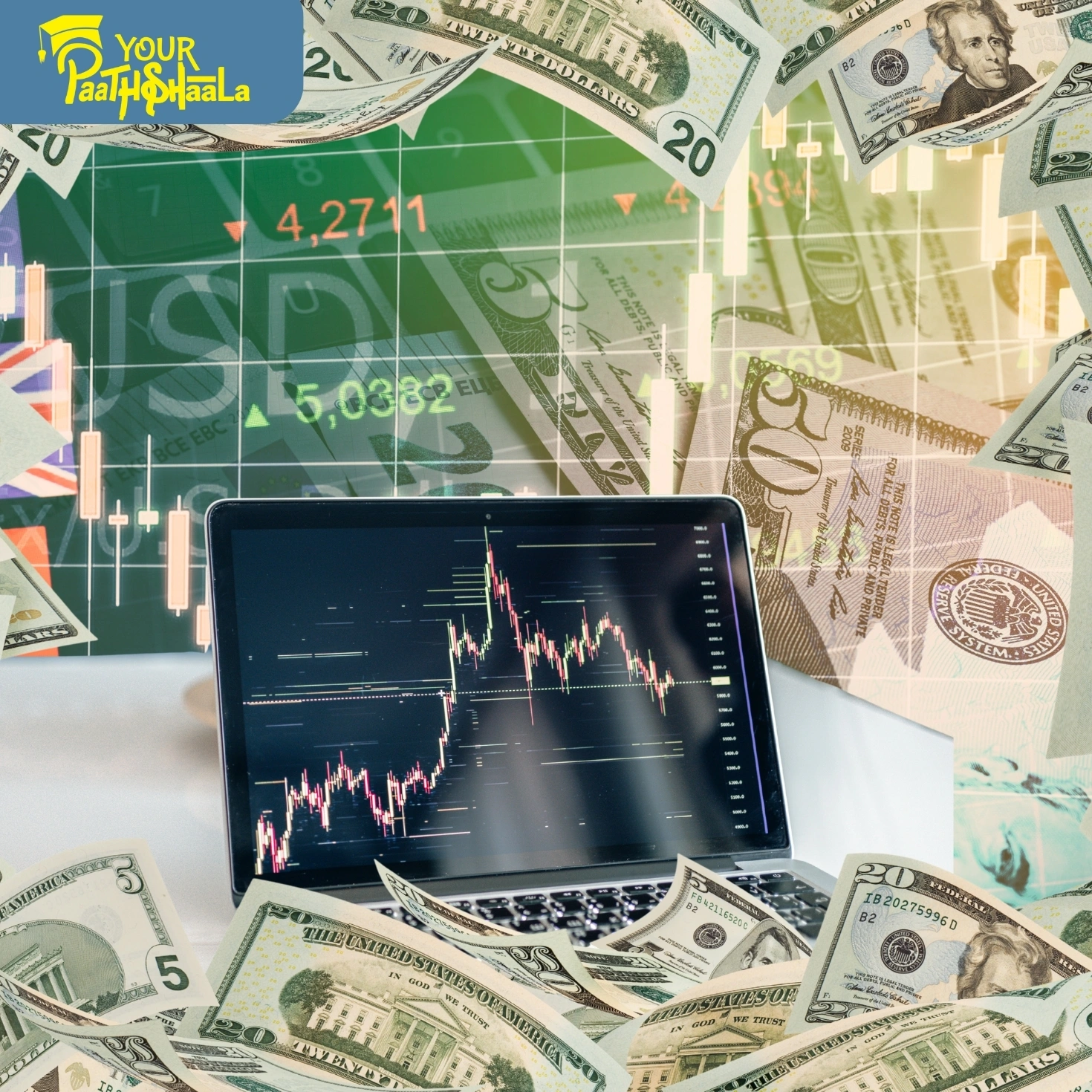Quantitative Trading Strategies in 2025: A Comprehensive Guide to Data-Driven Investing
The financial world is undergoing a transformation, and at the heart of this revolution lies the rise of quantitative trading strategies. In 2025, data-driven investing is no longer the exclusive domain of hedge funds and institutional giants—retail traders and individual investors are now harnessing powerful quantitative tools to compete on a global stage. Whether you’re seeking to exploit price inefficiencies, build a diversified portfolio, or leverage machine learning for predictive insights, understanding quantitative trading strategies is essential for success in today’s markets.
This in-depth, SEO-optimized guide will walk you through the most impactful quantitative trading strategies: statistical arbitrage and pairs trading, factor investing, machine learning models, and Monte Carlo simulations. You’ll learn how each approach works, why it matters, and how to integrate these techniques into your own trading routine.
What Are Quantitative Trading Strategies?
Quantitative trading strategies are systematic approaches to investing and trading that rely on mathematical models, statistical analysis, and algorithmic execution. Unlike discretionary trading, which is based on human judgment and intuition, quantitative strategies remove emotion from the decision-making process. Instead, they use data, rules, and automation to identify opportunities, manage risk, and optimize returns.
Key characteristics:
Data-driven decision making
Backtesting and validation using historical data
Automation for consistent execution
Adaptability to changing market conditions
Quantitative trading strategies are used across all asset classes, including stocks, ETFs, forex, commodities, and cryptocurrencies.
Why Are Quantitative Trading Strategies Gaining Popularity?
Several factors are driving the widespread adoption of quantitative trading strategies in 2025:
Explosion of financial data: The availability of real-time market data, alternative data sources, and advanced analytics tools has made it easier to build and test quantitative models.
Advances in technology: Cloud computing, big data, and machine learning have lowered the barriers to entry for individual traders.
Increased competition: As more market participants adopt quantitative methods, staying competitive requires a data-driven approach.
Risk management: Quantitative strategies offer systematic ways to control risk and avoid emotional mistakes.
Let’s explore the most important quantitative trading strategies in detail.
Statistical Arbitrage and Pairs Trading: Exploiting Price Inefficiencies
What Is Statistical Arbitrage?
Statistical arbitrage (stat arb) is a market-neutral quantitative trading strategy that seeks to profit from short-term price inefficiencies between related securities. By analyzing historical price relationships, traders identify pairs or groups of assets that typically move together. When prices diverge from their statistical norm, the strategy bets on a reversion to the mean.
Key features:
Uses statistical models to identify mispricings
Often involves high-frequency trading and rapid execution
Can be applied to stocks, ETFs, currencies, and more
How Does Pairs Trading Work?
Pairs trading is a classic example of statistical arbitrage. Here’s how it works:
- Identify a pair of correlated assets: For example, two stocks in the same sector.
- Monitor the price spread: Track the historical relationship between the two.
- Trade the divergence: When the spread widens or narrows beyond a certain threshold, take offsetting positions (long one, short the other).
- Profit from convergence: Close both positions when the spread returns to its historical average.
Example:
Suppose Stock A and Stock B usually move in tandem. If Stock A rises while Stock B lags, you short Stock A and go long Stock B. When the prices converge, you exit both positions for a profit.
Why Use Statistical Arbitrage and Pairs Trading?
Market-neutral: Profits depend on the relative movement, not overall market direction.
Lower risk: By hedging, you reduce exposure to broad market swings.
Backtestable: Strategies can be validated using historical data before risking real capital.
Practical Tips
Use robust statistical tests to confirm relationships.
Monitor transaction costs and slippage.
Automate execution for consistency and speed.
Factor Investing: Targeting the Drivers of Returns
What Is Factor Investing?
Factor investing is a quantitative strategy that focuses on specific characteristics (factors) that drive asset returns. Decades of academic research have identified several factors that consistently influence performance across markets.
Common factors:
Value: Stocks that are undervalued relative to fundamentals tend to outperform.
Momentum: Securities with strong recent performance often continue to do well.
Size: Smaller companies may offer higher returns than large-cap stocks.
Quality: Firms with strong balance sheets and stable earnings are less risky.
Volatility: Low-volatility stocks can provide better risk-adjusted returns.
How Does Factor Investing Work?
- Select factors: Choose the characteristics you want to target (e.g., value and momentum).
- Screen and rank assets: Use quantitative models to identify securities with desirable factor exposures.
- Construct the portfolio: Overweight assets with high factor scores, underweight those with low scores.
- Rebalance regularly: Maintain factor tilts as market conditions change.
Why Use Factor Investing?
Diversification: Combine multiple sources of return for a more resilient portfolio.
Evidence-based: Grounded in decades of academic research and real-world results.
Customizable: Tailor factor exposures to your risk tolerance and investment goals.
Example Factor Portfolio
| Factor | Example Metric | Portfolio Tilt |
|---|---|---|
| Value | Low P/E ratio | Overweight undervalued stocks |
| Momentum | 12-month returns | Overweight recent winners |
| Size | Market cap | Overweight small caps |
| Quality | ROE, debt ratios | Overweight high-quality firms |
| Volatility | Price variance | Overweight low-volatility |
Machine Learning Models: Predicting Price Movements with Data Patterns
What Is Machine Learning in Trading?
Machine learning (ML) is a branch of artificial intelligence that enables computers to learn from data and make predictions or decisions without explicit programming. In trading, ML models analyze massive datasets to uncover complex patterns and relationships that traditional models might miss.
Applications in Quantitative Trading
Predicting price movements based on historical and real-time data
Classifying market regimes (bullish, bearish, sideways)
Detecting anomalies and outliers
Optimizing trade execution and portfolio allocation
Popular Machine Learning Techniques
Supervised learning: Train models on labeled data (e.g., past prices and returns) to predict future outcomes.
Unsupervised learning: Discover hidden clusters or relationships in unlabeled data.
Reinforcement learning: Algorithms learn optimal trading actions through trial and error.
Why Use Machine Learning Models?
Adaptability: Models can adjust to new data and changing market conditions.
Speed: Process vast amounts of information quickly.
Continuous improvement: Models learn and evolve as more data becomes available.
Considerations for Machine Learning in Trading
Data quality: Garbage in, garbage out—ensure your data is clean and reliable.
Model validation: Use out-of-sample testing to avoid overfitting.
Interpretability: Complex models may be harder to explain and trust.
Monte Carlo Simulations: Testing Strategies Under Uncertainty
What Is a Monte Carlo Simulation?
Monte Carlo simulation is a quantitative technique used to assess how a trading strategy might perform under a wide range of possible future scenarios. By simulating thousands of random price paths, traders can estimate the probability of different outcomes and understand the risks involved.
How Monte Carlo Simulations Work
- Define statistical properties: Set parameters for asset returns, volatility, and correlations.
- Generate random scenarios: Simulate thousands of possible future price paths.
- Apply your strategy: Test how your trading rules perform in each scenario.
- Analyze results: Evaluate the distribution of returns, drawdowns, and risk metrics.
Why Use Monte Carlo Simulations?
Quantify risk: Understand the likelihood of extreme outcomes (tail risk).
Set realistic expectations: See the range of possible profits and losses.
Improve decision-making: Inform position sizing, stop-loss levels, and portfolio construction.
Practical Applications
Stress-test strategies before deploying real capital
Assess the robustness of portfolio allocations
Evaluate the impact of market shocks or rare events
How to Start Using Quantitative Trading Strategies
- Define your objectives: Are you seeking short-term profits, long-term growth, or risk reduction?
- Gather and clean data: Reliable, high-quality data is the foundation of quantitative trading.
- Develop and backtest models: Use historical data to test your ideas and refine your approach.
- Automate execution: Many quantitative strategies benefit from automation to ensure discipline and speed.
- Monitor and adapt: Markets evolve—regularly review performance and update models as needed.
- Manage risk: Use tools like Monte Carlo simulations, stop-losses, and diversification to protect your capital.
Real-World Examples of Quantitative Trading Strategies
Hedge funds use statistical arbitrage to profit from fleeting price discrepancies across global markets.
Robo-advisors employ factor investing to build diversified portfolios tailored to client goals.
Prop trading firms deploy machine learning models to forecast short-term price movements in high-frequency trading.
Institutional investors run Monte Carlo simulations to stress-test pension fund allocations against market shocks.
Frequently Asked Questions
1. Do I need to be a math expert to use quantitative trading strategies?
No. While a strong foundation helps, many tools and platforms now make it easy to apply quantitative methods without deep programming or math expertise.
2. Can I use these strategies for all asset classes?
Yes. Quantitative trading strategies are widely used in stocks, ETFs, forex, commodities, and even cryptocurrencies.
3. Are quantitative strategies risk-free?
No strategy is risk-free. However, quantitative methods can help you measure, manage, and mitigate risk more effectively.
4. How do I start learning about quantitative trading?
Begin with online courses, books, and trading simulators. Join communities and seek mentorship from experienced quantitative traders.
Conclusion: Harness the Power of Quantitative Trading Strategies
Quantitative trading strategies are reshaping the investment landscape in 2025. By leveraging statistical arbitrage, pairs trading, factor investing, machine learning models, and Monte Carlo simulations, you can make more informed, disciplined, and data-driven decisions. Whether you’re looking to boost returns, reduce risk, or simply trade smarter, integrating these techniques into your approach will give you a lasting edge.
If you want to master quantitative trading strategies and build a successful trading future, expert guidance and education can make all the difference.
Visit YourPaathshaala
Near 🏥 Anjali Children Hospital, Tagore Nagar, Mathpurena, Raipur.
📫 PIN code: 492001, Chhattisgarh
📞 Click the Call Now to contact us!
Take your financial knowledge to the next level with YourPaathshaala—your trusted partner for investment education and market insight.







